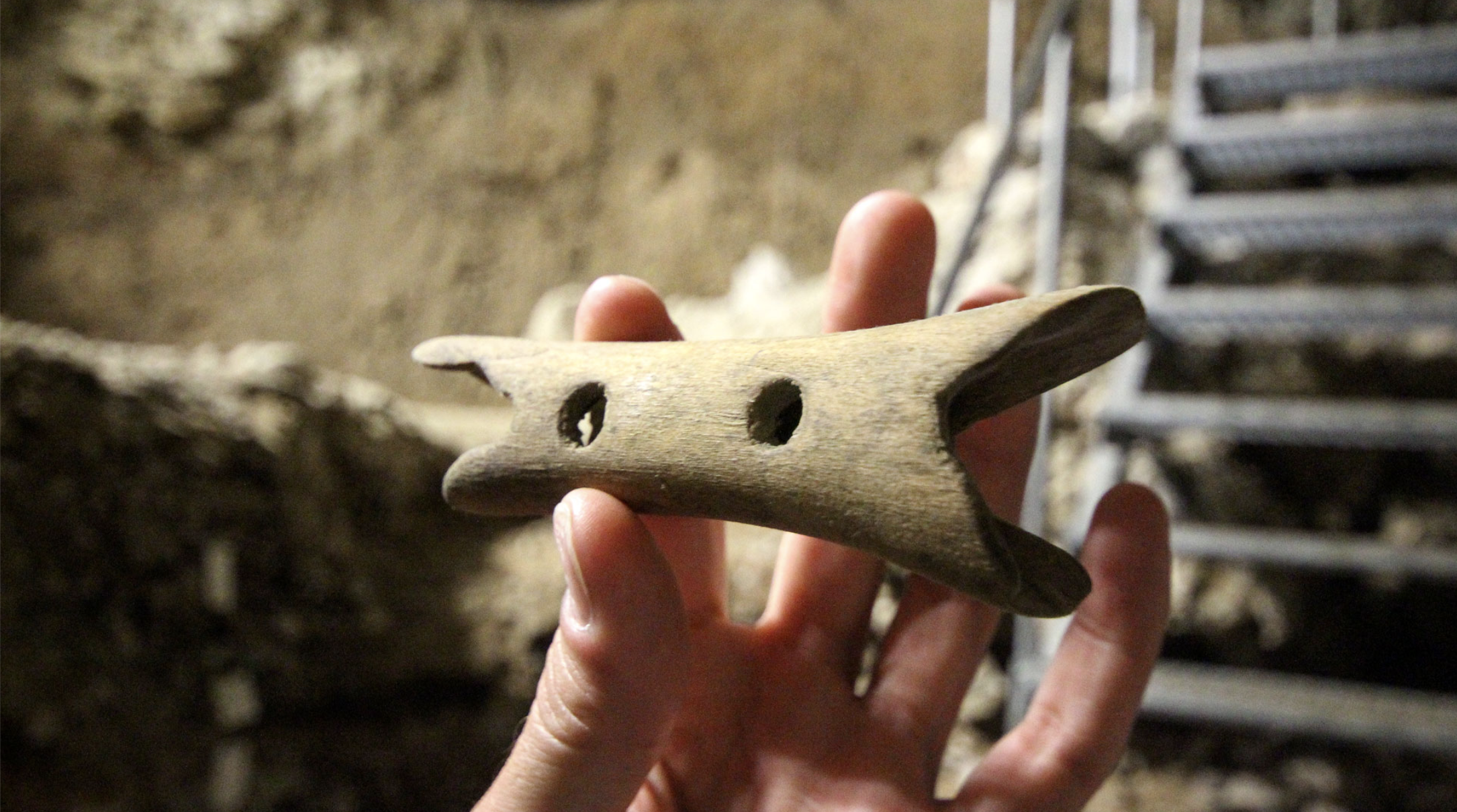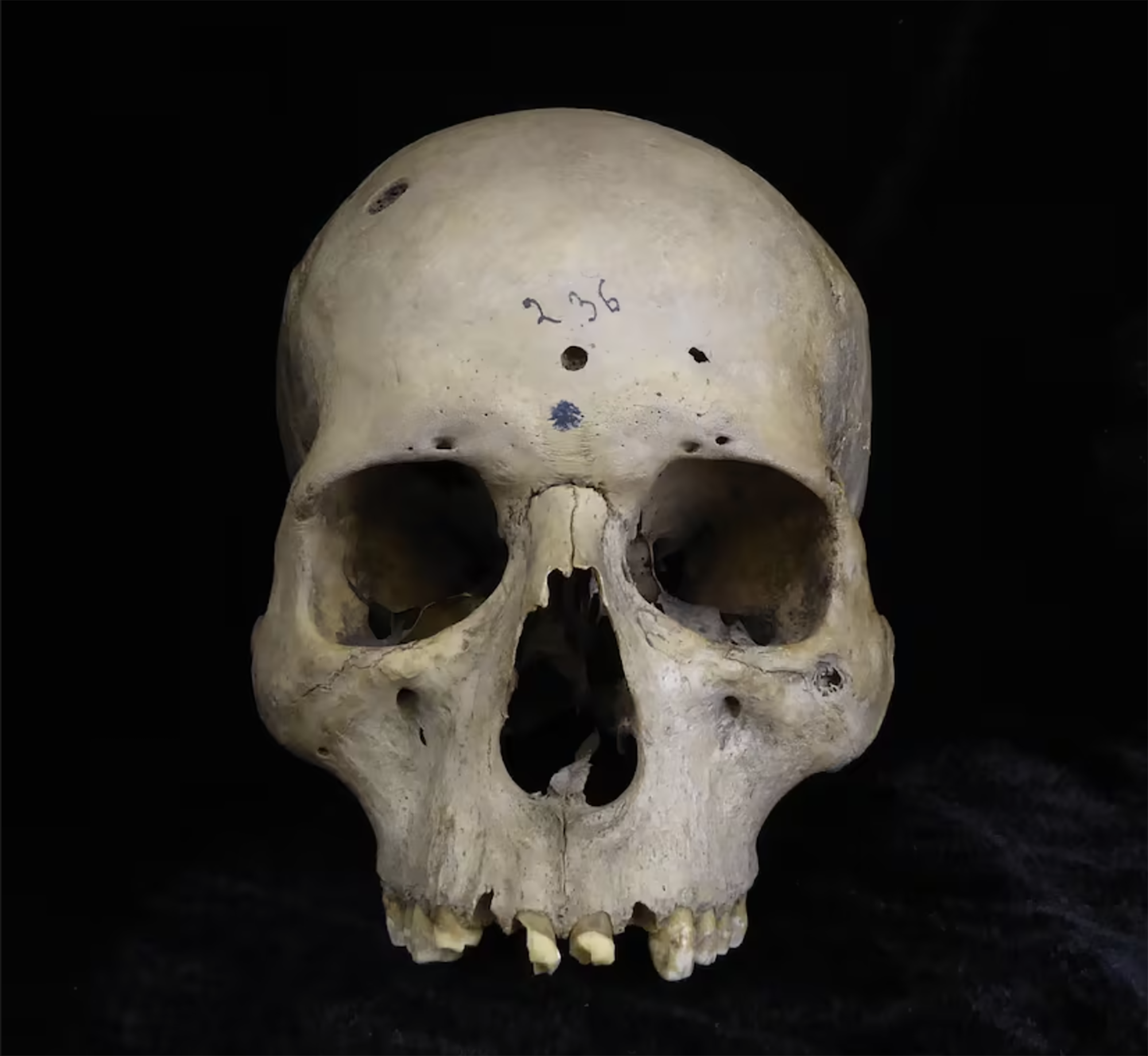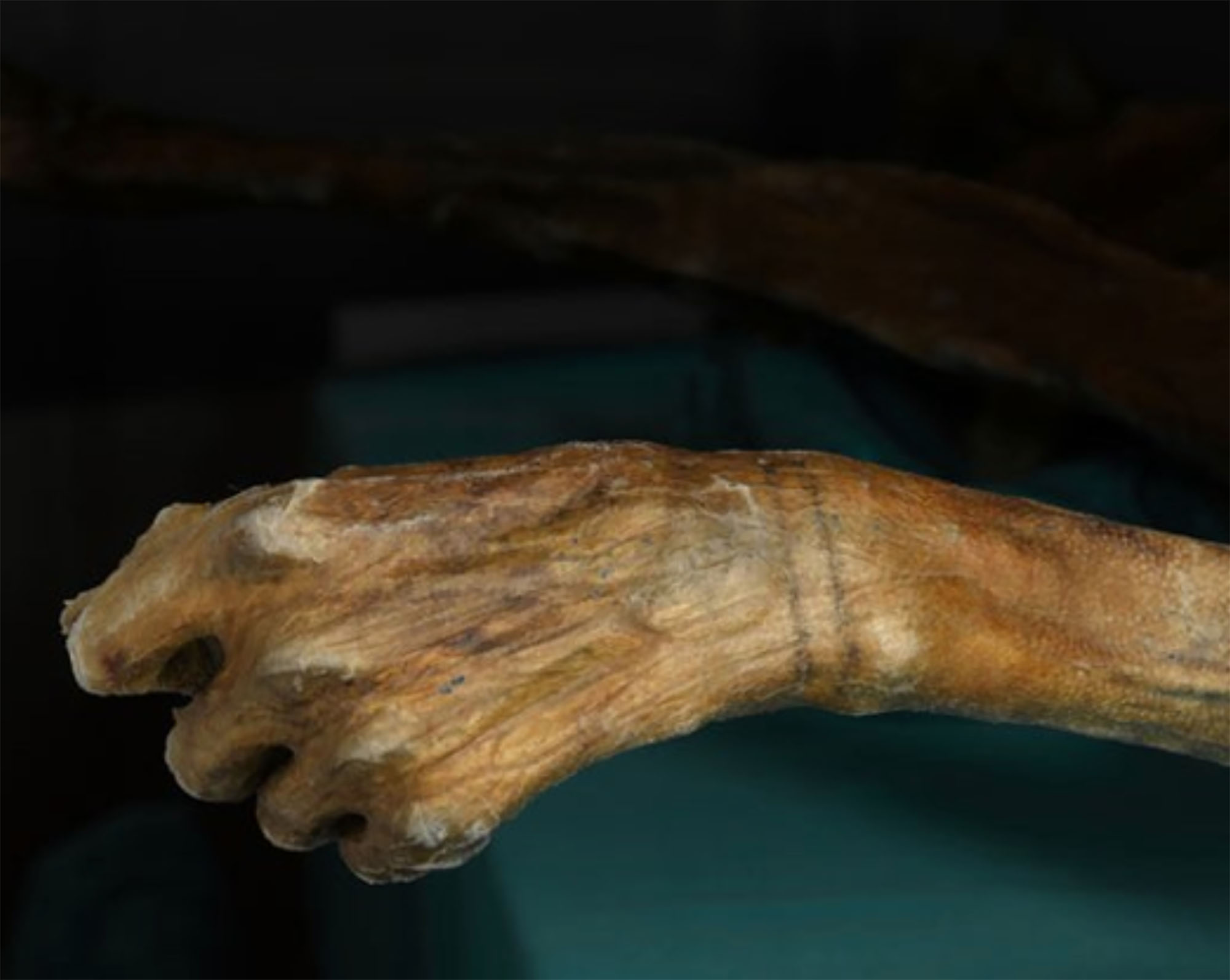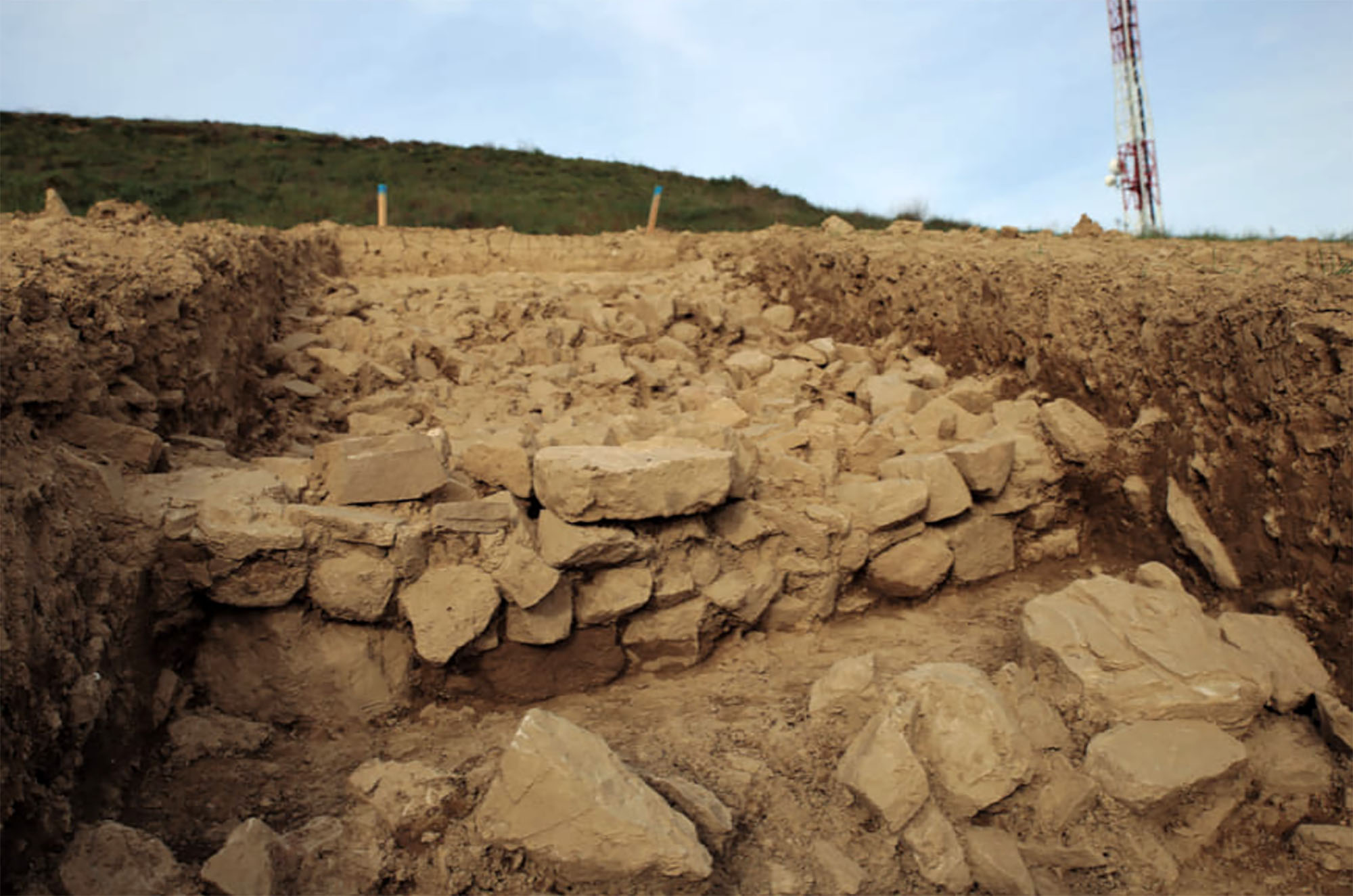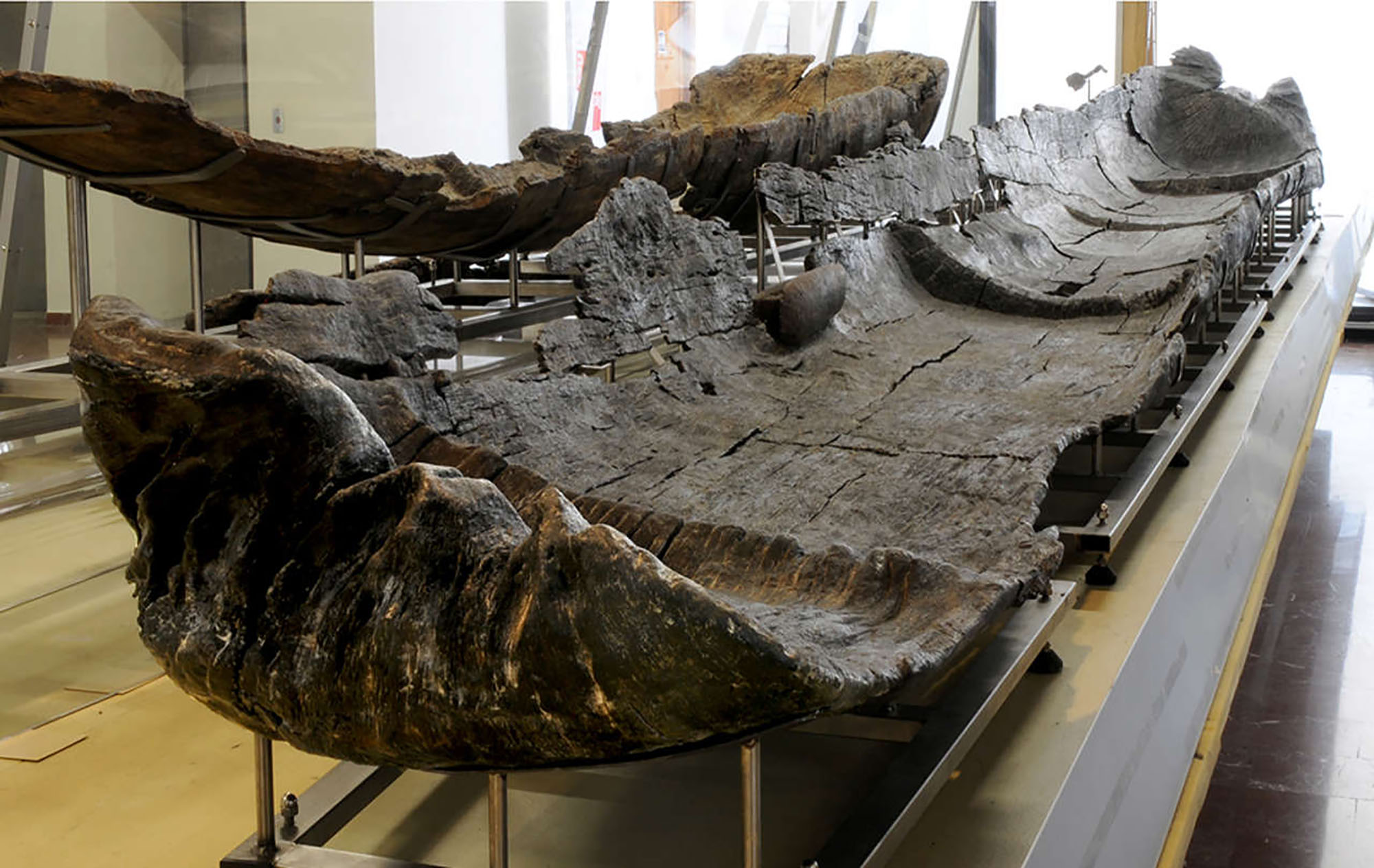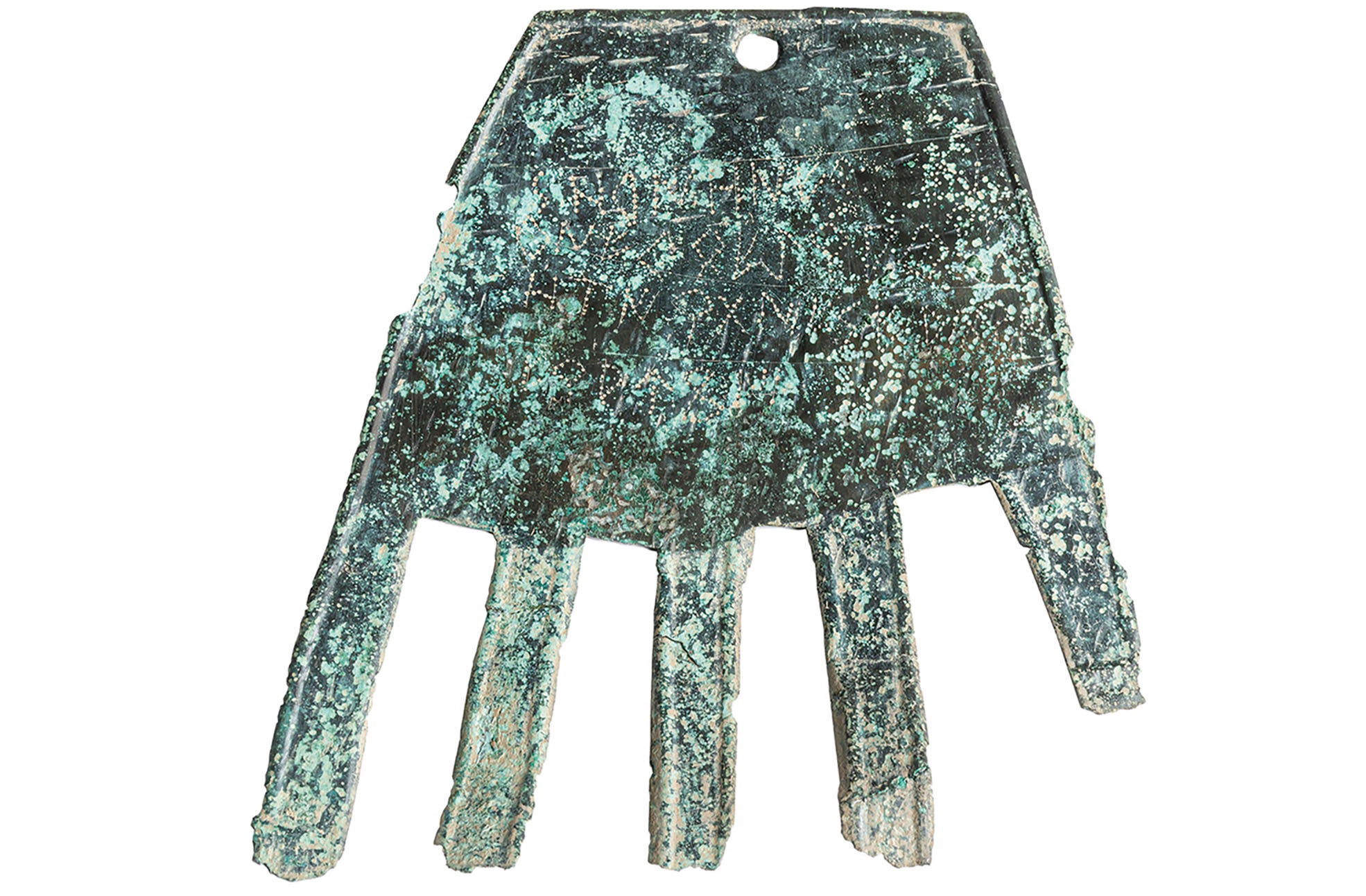Cave artists and hypoxia
- A study conducted by the archaeologist Yafit Kedar of the University of Tel Aviv states that the painters of the Paleolithic made the cave paintings under the effect of hypoxia.
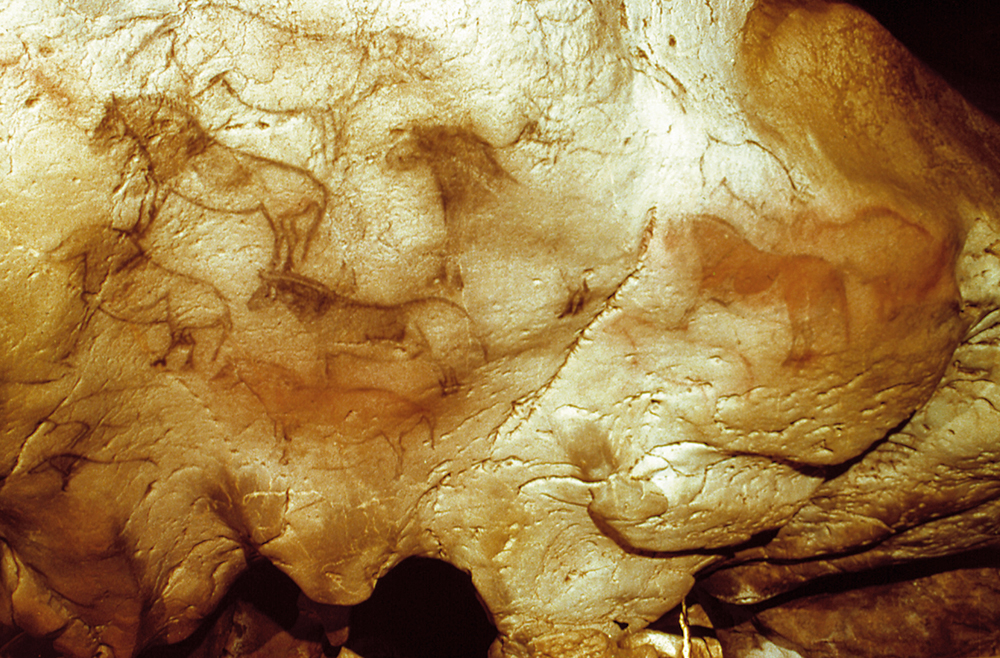
And they were looking for their own hypoxia to work in trance, because the body releases dopamine in this situation. The situation of the paintings has been analysed and it has been concluded that they were carried out in deep and narrow rooms and galleries of the caves, i.e. in areas with low oxygen content, with an atmospheric concentration of 21% and a fall of up to 11% in some of the positions of the paintings.
In addition, the torches they used to illuminate absorbed oxygen, further decreasing the concentration and increasing the risk of hypoxia, or in this case the possibility.
In the Maszycka cave in Poland, remains of 18,000 years ago were found at the end of the 19th century. But recently, human bones have been studied using new technologies and found clear signs of cannibalism.
This is not the first time that a study has reached this conclusion,... [+]
Archaeologists have discovered more than 600 engraved stones at the Vasagård site in Denmark. According to the results of the data, dating back to 4,900 years ago, it is also known that a violent eruption of a volcano occurred in Alaska at that time. The effects of this... [+]
Ethiopia, 24 November 1974. Lucy's skeleton was found in Hadar, one of the oldest traces of human ancestors. The Australian hominid of Australopithecus afarensis is between 3.2 and 3.5 million years old.
So they considered it the ancestor of species, the mother of all of us. In... [+]
A group of archaeologists from the University of Berkeley, California, USA. That is, men didn't launch the lances to hunt mammoths and other great mammals. That was the most widespread hypothesis so far, the technique we've seen in movies, video games ...
But the study, published... [+]
Geissenkloesterle (Germany), 42,000 years ago. Those living in the cave of the Danube basin made a flute with bird bones and mammoth ivory. At the same time, the inhabitants of the cave of Divje Babe in Slovenia also made a flute with the femur of a bear. These are the oldest... [+]
In the south of the Indonesian island of Sulawesi, in the cave of Leang Karampuang, archaeologists from the Griffith and Southern Cross universities and the Indonesian National Agency have discovered a painting of three anthropomorphic figures and a boar. According to the study... [+]
Two years ago, the Catalan archaeologist Edgard Camarós, two human skulls and Cancer? He found a motif card inside a cardboard box at Cambridge University. Skulls were coming from Giga, from Egypt, and he recently published in the journal Frontiers in Medicine, his team has... [+]
Since they discovered the corpse of Ötzi in the Alps in 1991, the 5,000 years preserved in very good condition have been used for numerous investigations. From the beginning, the 61 tattoos he had on his skin were the ones that cared for him. Experts believed these tattoos were... [+]
Between 1992 and 2006, in the waters of Lake Bracciano of Rome, the site of La Marmotta del Neolitico was excavated early. They recently published in Plos One magazine a study on the five piraguas found there. It is estimated that the boats are between 7,000-7,500 years... [+]
In the Gulf of Mecklenburg, in Baltic waters, archaeologists identified in 2021 a stone structure of almost a kilometre. Now a team of interdisciplinary researchers has published a study on the wall in the journal PNAS.
The structure is about 10,000 years old and has come to... [+]
This weekend I visited a cave with prehistoric paintings. Paints made with iron oxide and manganese about 30,000 years ago. These visits seem interesting to me to relocate our place as human beings in the world, they are an opportunity to rethink the “development” of recent... [+]















